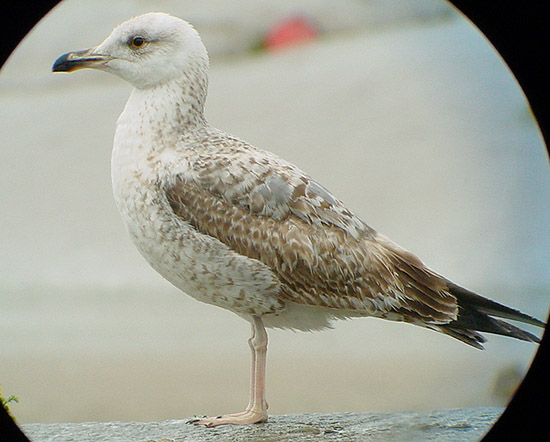 Yellow-legged
Gull- Geelpootmeeuw (L. michahellis): 2cy May
Yellow-legged
Gull- Geelpootmeeuw (L. michahellis): 2cy May
(last update: 08 december 2003)
YLG
1cy May
YLG
1cy June
YLG
1cy July
YLG 1cy August
YLG 1cy September
YLG 1cy October
YLG 1cy November
YLG 1cy December
YLG
2cy January
YLG 2cy February
YLG 2cy March
YLG 2cy April
YLG 2cy May
YLG 2cy June
YLG 2cy July
YLG 2cy August
YLG 2cy September
YLG 2cy October
YLG 2cy November
YLG 2cy December
YLG
3cy January
YLG 3cy February
YLG 3cy March
YLG 3cy April
YLG 3cy May
YLG 3cy June
YLG 3cy July
YLG 3cy August
YLG 3cy September
YLG 3cy October
YLG 3cy November
YLG 3cy December
YLG
sub-ad Jan.
YLG sub-ad Feb.
YLG sub-ad March
YLG sub-ad April
YLG sub-ad May
YLG sub-ad June
YLG sub-ad July
YLG sub-ad Aug.
YLG sub-ad Sept.
YLG sub-ad Oct.
YLG sub-ad Nov.
YLG sub-ad Dec.
YLG
adult January
YLG adult February
YLG adult March
YLG adult April
YLG adult May
YLG adult June
YLG adult July
YLG adult August
YLG adult September
YLG adult October
YLG adult November
YLG adult December
(2 images) Yellow-legged Gull michahellis 2cy, May 04 2001, Etaples, NW France (50.42N,1.34E).
 A
2cy michahellis, probably a female, with a few third
generation grey scapulars, while the other scapulars are anchor
patterned second generation. An example of a michahellis
that has all the coverts still juvenile, and in this respect
resembles the vast majority of argenteus Herring gulls in
Northwest Europe. A
2cy michahellis, probably a female, with a few third
generation grey scapulars, while the other scapulars are anchor
patterned second generation. An example of a michahellis
that has all the coverts still juvenile, and in this respect
resembles the vast majority of argenteus Herring gulls in
Northwest Europe.Note again the bill-colour, with a pale base, and again much streaking on the side of the neck and head. Note the orbital ring: orange in May 2cy birds! The size of this individual suggests a female, though there is much geographical variation in michahellis. Smallest michahellis can be found in Atlantic Iberia, the largest in the west Mediterranean (which holds populations with birds much larger than argenteus Herring Gulls, rather the size of Scandinavian argentatus) and intermediates from east Mediterranean.
|
 |